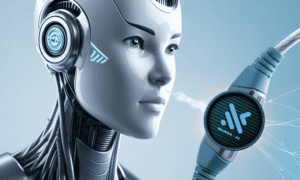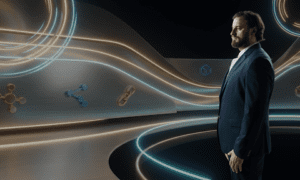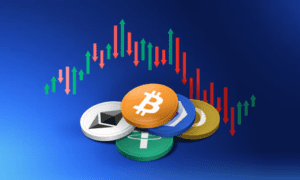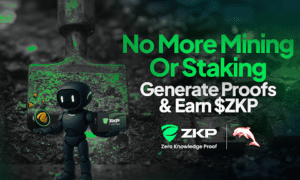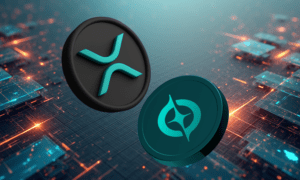Introduction:
The plumbing industry is no exception. As we step into the year 2023, exciting advancements promise to redefine the way we think about plumbing. From sustainable practices to cutting-edge technologies, the future of plumbing is shaping up to be both efficient and environmentally conscious.
Sustainable Materials and Practices:
One of the key trends gaining traction in the plumbing industry is the shift towards sustainable materials and practices. With an increased focus on environmental responsibility, plumbers and manufacturers are exploring alternative materials that reduce the ecological impact of plumbing systems. Recycled and upcycled materials are gaining popularity, offering a greener alternative to traditional options.
Water-Efficient Fixtures:
Water conservation has never been more critical, and innovative plumbing fixtures are at the forefront of this movement. In 2023, we can expect to see a surge in water-efficient toilets, faucets, and showerheads that not only save water but also help homeowners reduce their utility bills. The integration of smart technologies allows these fixtures to adapt to usage patterns, optimizing water flow without compromising performance.
Smart Plumbing Systems:
The rise of the Internet of Things (IoT) has paved the way for smart plumbing systems that bring a new level of convenience and efficiency to households. In 2023, we anticipate further integration of smart technologies, allowing homeowners to monitor and control their plumbing systems remotely. Smart leak detection systems, for example, can alert homeowners to potential issues before they escalate, preventing costly water damage.
Augmented Reality in Plumbing Services:
The adoption of augmented reality (AR) is revolutionizing the way plumbing services are delivered. Plumbers equipped with AR devices can now visualize plumbing systems in real-time, making diagnostics and repairs more efficient. This not only saves time but also enhances the accuracy of assessments, ultimately benefiting both service providers and homeowners.
3D Printing for Plumbing Components:
The use of 3D printing technology is expanding across various industries, and plumbing is no exception. In 2023, we can expect to see an increase in the use of 3D printing for manufacturing plumbing components. This not only allows for greater design flexibility but also reduces waste by producing precisely tailored parts on demand.
Hybrid Water Heating Systems:
Traditional water heating systems are being challenged by hybrid alternatives that combine the best of both worlds. In 2023, we anticipate the widespread adoption of hybrid water heating systems that integrate conventional methods with renewable energy sources. This not only reduces energy consumption but also contributes to lower utility costs for homeowners.
Drone Technology for Inspections:
Inspecting plumbing systems can be a challenging task, especially in hard-to-reach areas. Drone technology is emerging as a game-changer in this regard. Plumbers can use drones equipped with cameras to conduct thorough inspections of pipes, identifying potential issues without the need for invasive procedures. This not only saves time but also minimizes disruptions for homeowners.
Biodegradable Plumbing Products:
Environmental consciousness is driving the development of biodegradable plumbing products. From pipes to fittings, manufacturers are exploring materials that break down naturally over time, reducing the environmental impact of plumbing installations. This shift towards biodegradable products aligns with the growing demand for eco-friendly solutions in the plumbing industry.
Training and Skill Development:
As plumbing technology continues to advance, the need for skilled professionals is more critical than ever. In 2023, we can expect to see an increased emphasis on training and skill development within the plumbing industry. Plumbers will need to adapt to new technologies and stay abreast of the latest innovations to provide effective and efficient services.
Conclusion:
The future of plumbing in 2023 is a landscape defined by sustainability, innovation, and efficiency. From the adoption of smart technologies to the use of biodegradable materials, the plumbing industry is undergoing a transformation that benefits both the environment and consumers. As we embrace these innovations, it is clear that the future of plumbing is not only promising but also essential for creating a more sustainable and efficient world.


